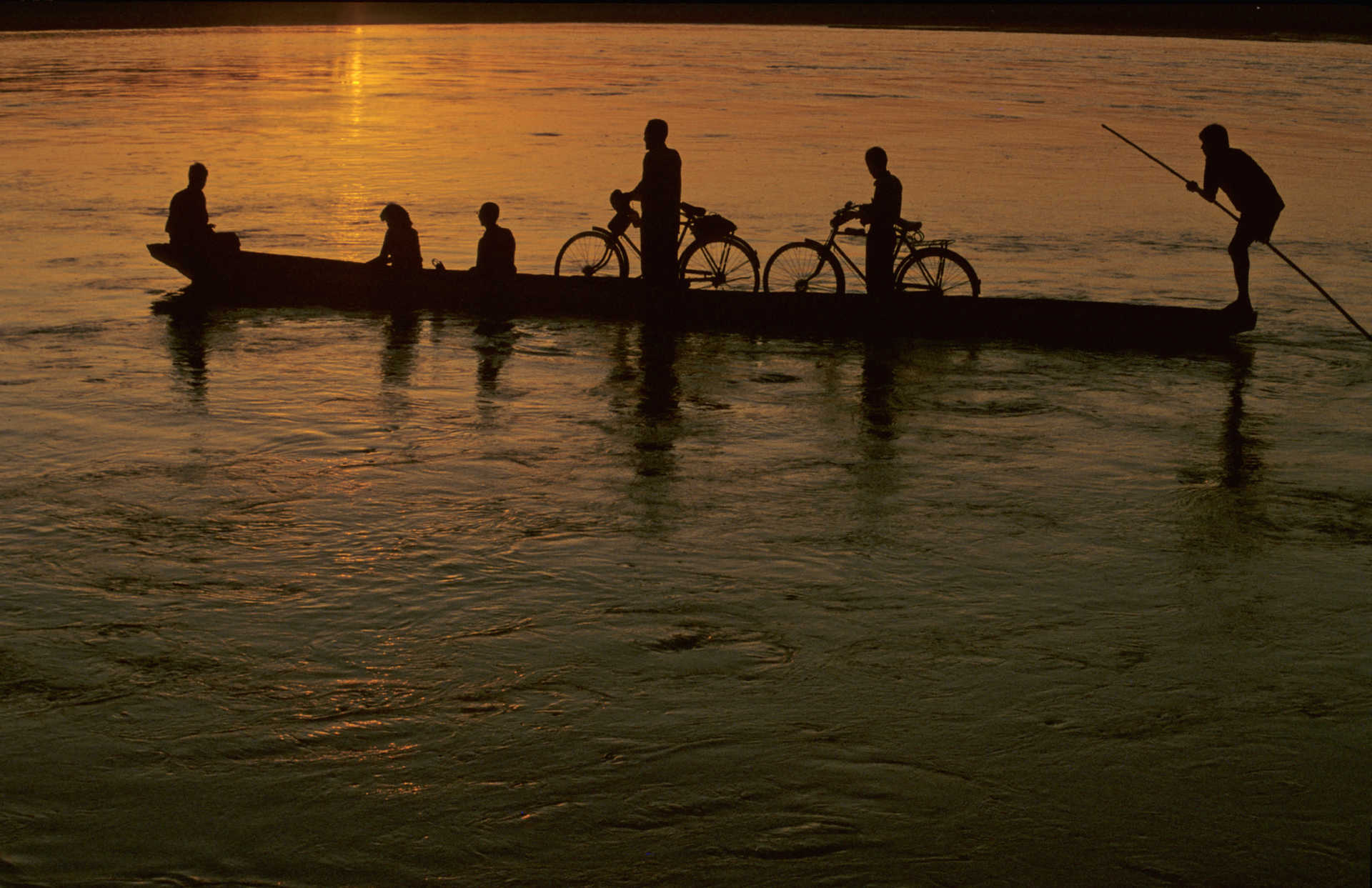Discover the 12 National Parks of Nepal
Ask anyone to describe Nepal, we’d bet our bottom dollar that their answer would involve Everest, Everest Base Camp, Annapurna I or trekking. Being home to the world’s highest mountain Mount Everest, standing majestically at 8,849m and Annapurna I, infamous for being one of the most challenging mountains to ascend, it’s not surprising that snow-capped peaks and all things mountaineering are what the country is synonymous with.
But did you know that Nepal is also home to 12 breathtakingly beautiful national parks? Each with their own allure, we’re positive you’ll be drawn like a moth to the flame to explore each one of them. If this is news to you, then do not fret, read on to find out all you need to know. In this article we’ve listed all 12 national parks of Nepal and detailed the divine landscapes and animals you’ll encounter in some of our favourites so you can start dreaming of your next adventure.
1. Chitwan National Park
2. Sagarmatha National Park
3. Langtang National Park
4. Parsa National Park
5. Bardiya National Park
6. Shivapuri Nagarjun National Park
7. Makalu Barun National Park
8. Rara National Park
9. Khaptad National Park
10. Shuklaphanta National Park
11. Shey Phoksundo National Park
12. Banke National Park
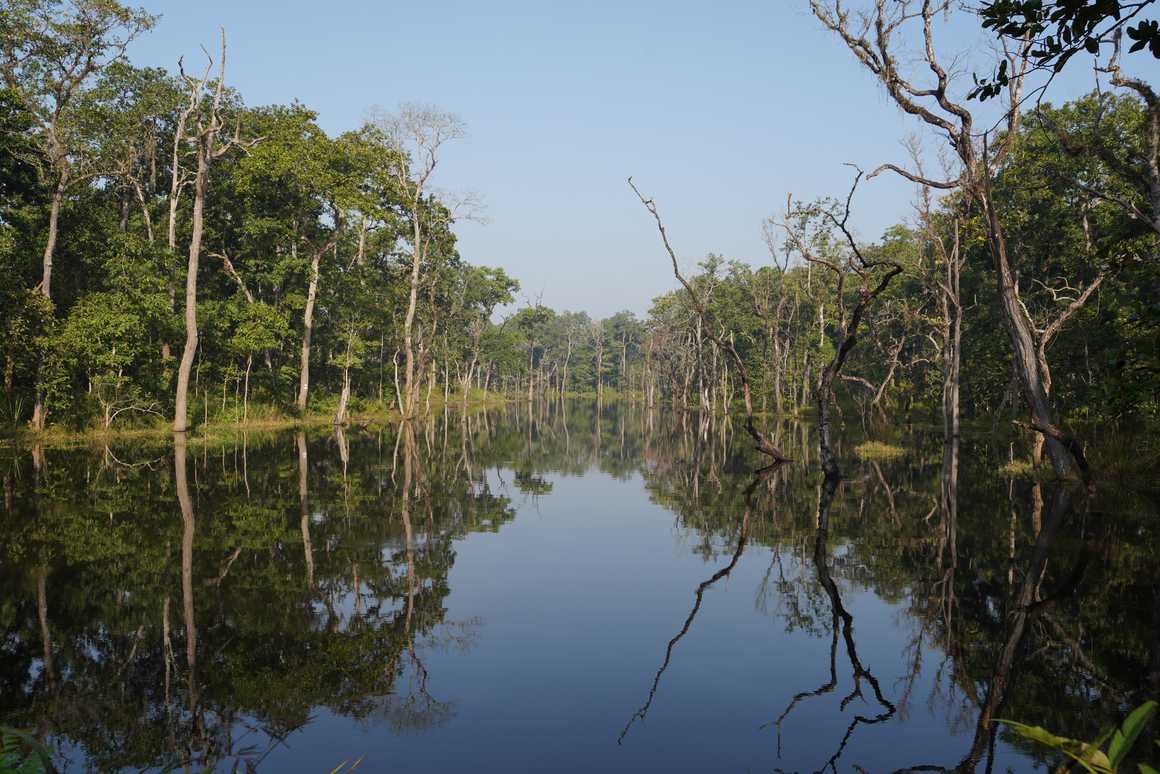
Nestled between India and Tibet, Nepal’s 56,827 square miles of land-locked territory is home to towering mountains, tranquil lakes and statuesque forests. This diverse landscape is the habitat of some of the most endangered animals in the world, the greater one-horned rhinoceros, Bengal tiger, Asian elephant, gharial and pangolin.
But Nepal’s national parks are not just wildlife reserves helping to protect the countries endangered fauna, they also preform the incredibly important job of protecting the diverse flora of the country. The following national parks have some of the most incredible landscapes and animals you’ll encounter. Visiting these are truly a once-in-a-lifetime experience not to be missed.
1. Chitwan National Park – established in 1973 – great for animal lovers
The name Chitwan has been translated in several ways, a couple of examples are “Heart of the Jungle” and “Leopard Jungle”. With such translations it’s not surprising the area used to be a favourite hunting ground for the ruling class. In 1950 Chitwan’s forest and grasslands were home to approximately 800 rhino which sadly had reduced to only 95 by the end of the 1960’s. To prevent the extinction of the rhino, Nepal’s first national park was established and latterly granted the status of a UNESCO World Heritage Site in 1984.
Today the national park has been enlarged to encompass 367.81 square miles of the Inner Terai lowlands of south-central Nepal. The subtropical climate causes high humidity throughout the year and both broadleaf forests covering 70% of the park area and grasslands covering 20% can flourish. Within the grasslands are some of the tallest grasses in the world such as the elephant grass. The diverse vegetation can sustain more than 700 species of wildlife. Some most notable inhabitants of the park are the mugger crocodiles, gharials and the “king of the jungle” the Bengal tiger, the latter two being some of the most endangered species.
Indeed, the Alluvial floodplain of the Terai is thought to be one of the best tiger habitats in the world. This habitat also sustains Indian leopards, sloth bears and Indian rhinoceros and migrating greater spotted eagle, eastern imperial eagle and the Pallas’s fish-eagle to name but a few. With such incredible wildlife just waiting to be discovered, Chitwan National Park is a great addition to any Nepal trip.
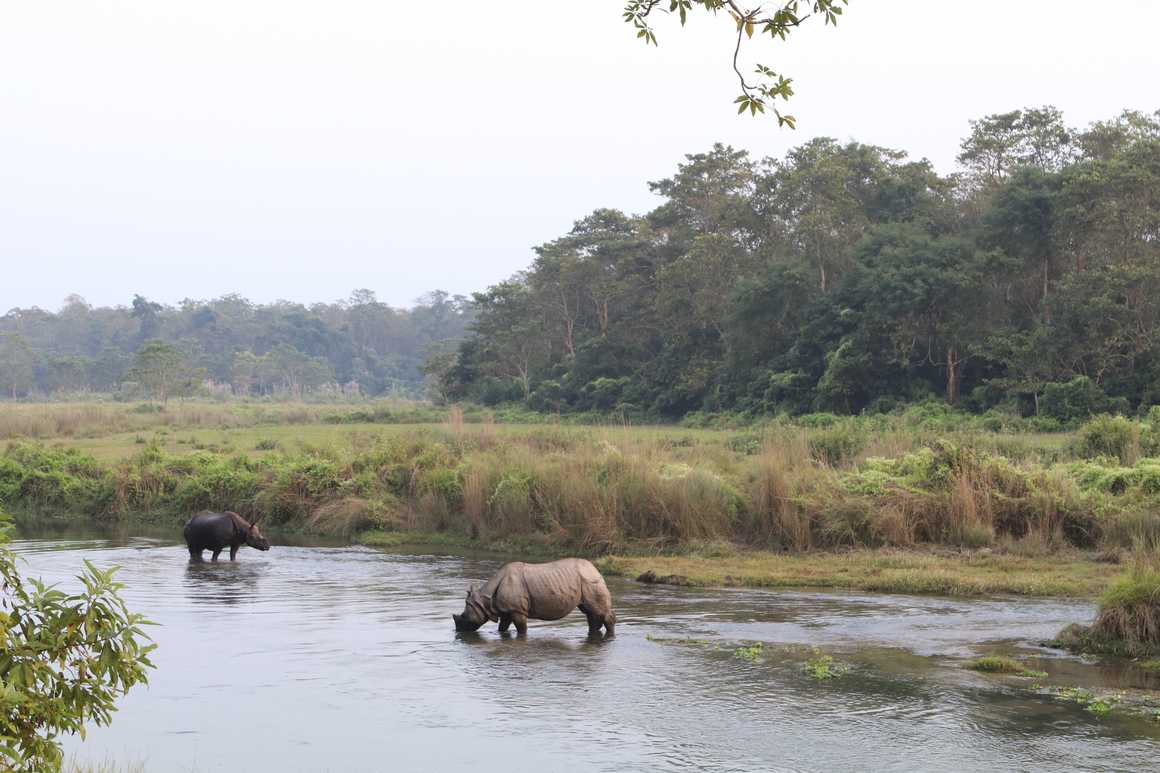
2. Sagarmatha National Park – established in 1976 – great for trekking
The 443 square miles of the Sagarmatha (the Nepali name for Everest) National Park reach from the border between Nepal and Tibet in the north moving south to the Dudh Losi and Bhotekoshi river and the Gokyo Lakes. The Gokyo Lakes are the world’s highest freshwater lake system which are considered sacred by both Hindus and Buddhists who travel to take a bath in the lakes during the Janai Purnima festival.
The national park envelopes the majestic Himalayan Mountain range in eastern Nepal with its highest point being the peak of Mount Everest at 8,848m. Not solely home to Everest, the peaks of Lhotse, Cho Oyo, Thamserku, Nuptse, Amadablam and Pumori standing proud above 6,000m can all be found within Sagarmatha. With a large proportion of the park being at high altitude, 69% of the land is barren with 3% being forested and 28% of land being grazing.
If you’re lucky enough you might catch sight of the elusive snow leopard when trekking above 3,500m or at lower levels the Indian leopard. In 1979 it became a UNESCO World Heritage Site and is part of the Sacred Himalayan Landscape. The jaw-droppingly beautiful scenery of Sagarmatha National Park with its rugged peaks, glaciers and deeps valleys is not to be missed when booking your next Nepal adventure.
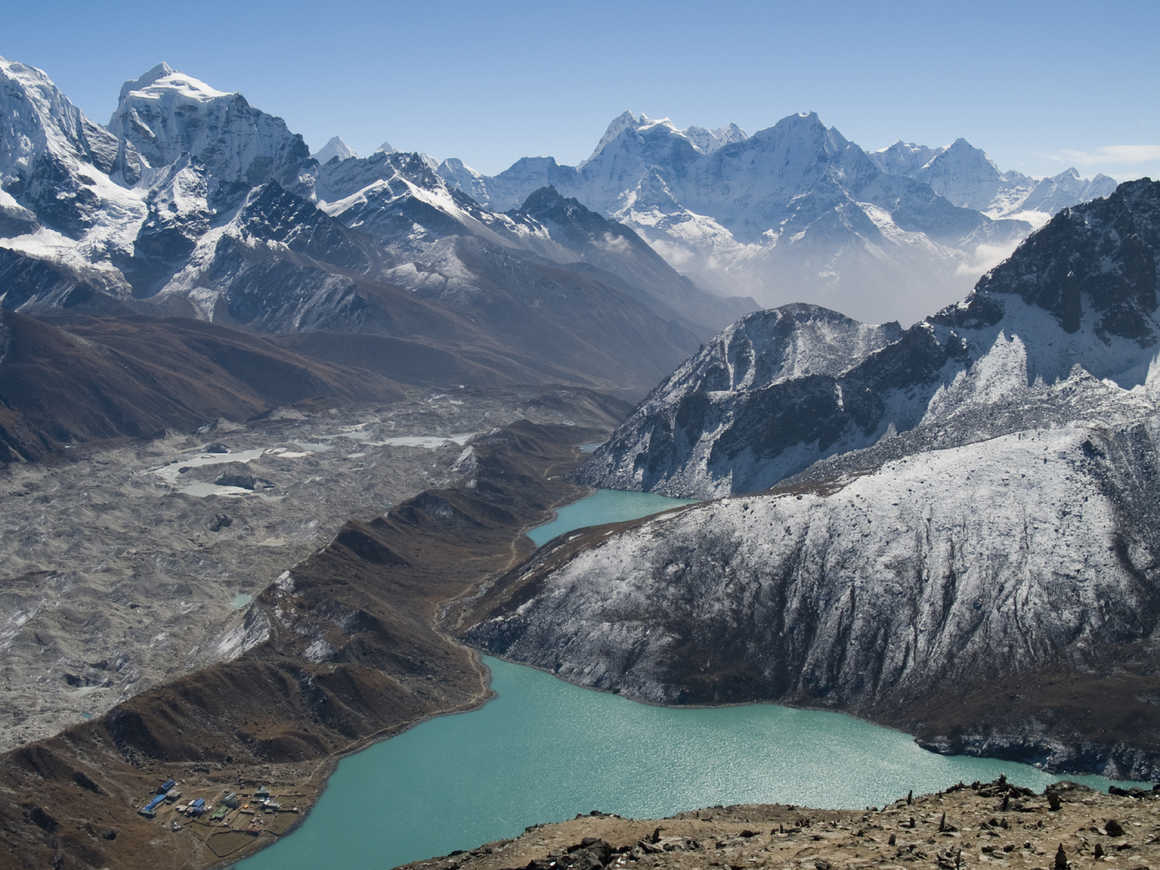
3. Langtang National Park – established in 1976 – great for trekking
Langtang National Park covers 660 square miles of the central Himalayan region including the Langtang Valley and Gosainkunda Lake, an alpine freshwater lake which due to its 4,380m elevation remains frozen for 6 months of the year from October to June. According to Hindu mythology, Gosainkunda is believed to be the home of the Hindu deities Shiva and Gauri and is a site of pilgrimage during the Gangadashahara and Janai Purnima festival.
Langtang Lirung mountain, also located in the Langtang National Park is the highest peak in the Langtang Himal Range towering over the park at 7,245m high and is famed for its vertical relief. As with the Sagarmatha National Park, Langtang is also part of the Sacred Himalayan Landscape. Temperatures can vary considerably across the park due to the changes in altitude and flora changes from tropical forests to alpine scrub. This is a great addition to an Everest Base Camp trek depending on the route.
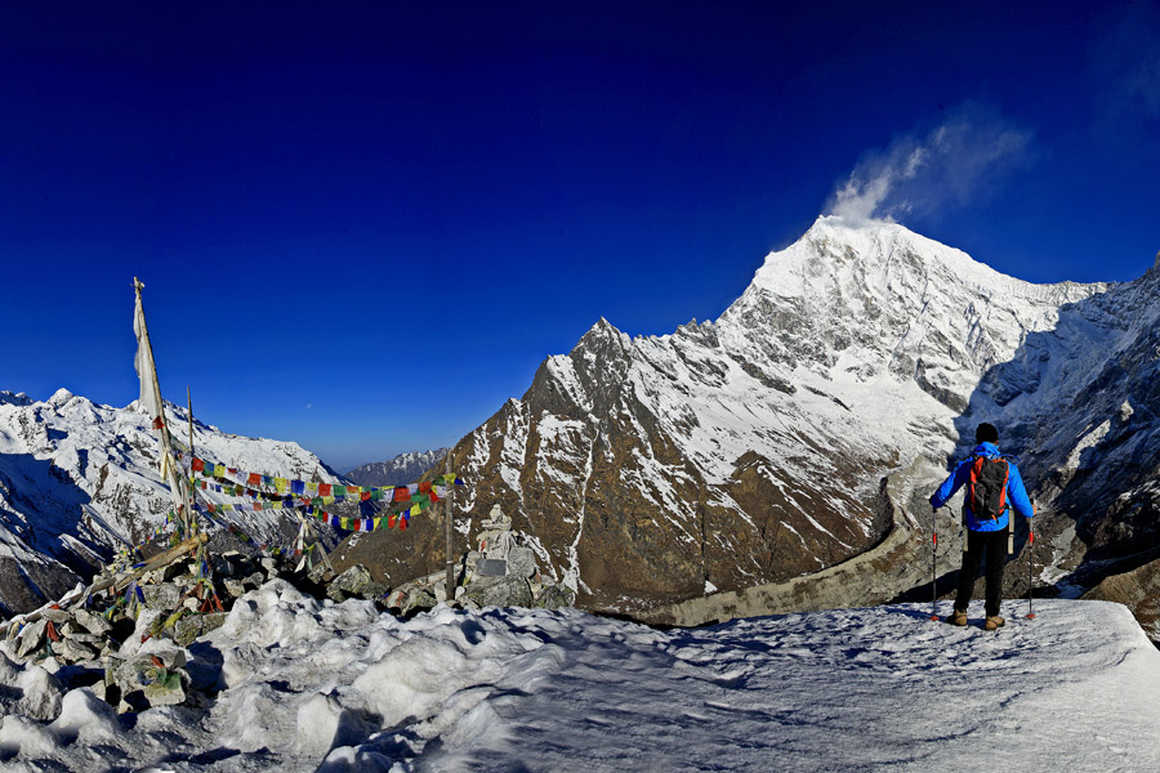
4. Parsa National Park – established in 1984 – great for animal lovers
Located in the Inner Terai lowlands of south-central Nepal, Parsa National Park is 242.24 square miles and ranges in altitude from 590m at its highest in the Siwalik Hills to 435m at its lowest. The landscape is mainly grasslands and subtropical forests and is home to over 900 species of flora.
Studies show that the tiger population is rising with 19 Bengal tigers present in 2017 along with 3 Indian rhinoceros. This wildlife park is a must for animal lovers with not only tigers and rhinoceros, which let’s face it are incredible enough, but leopards, giraffes and sloth bears to name a few are also present.
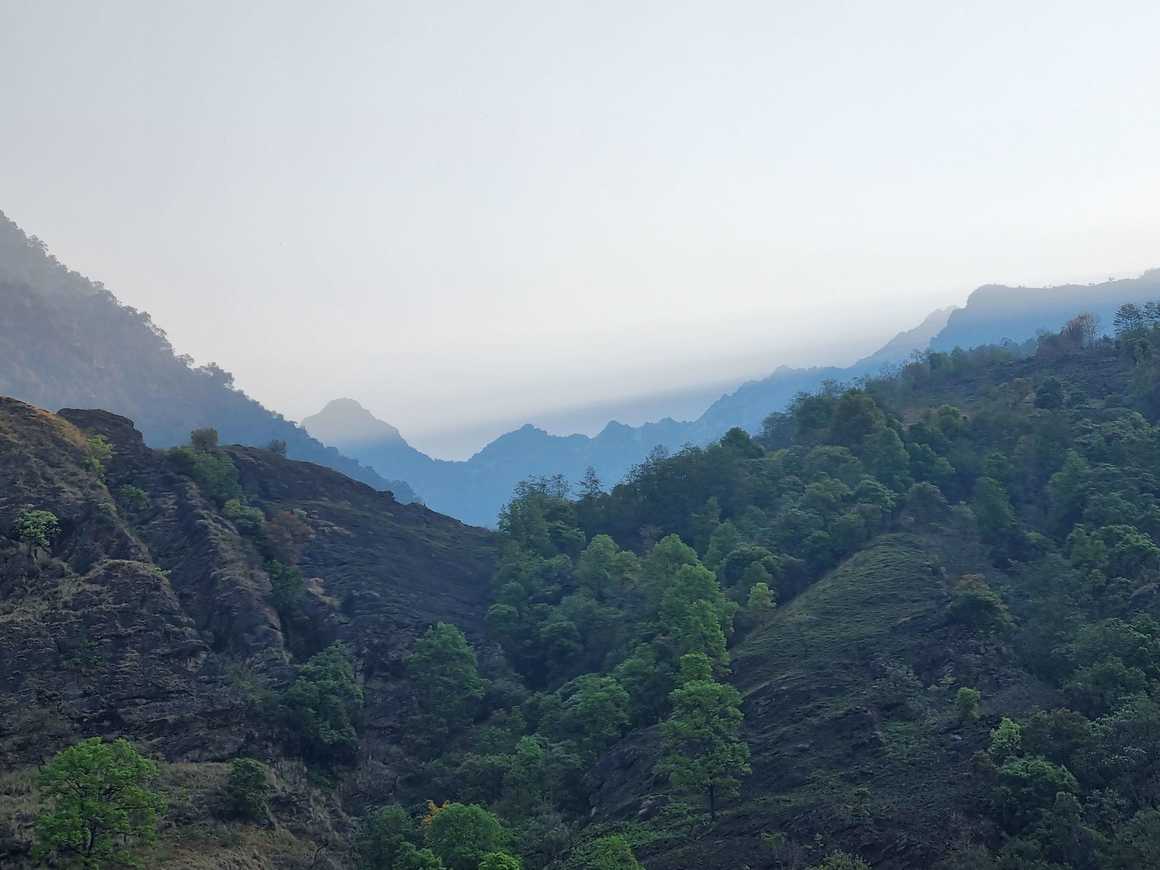
5. Bardiya National Park – established in 1988 – great for animal lovers
At 374 square miles, Bardiya is the largest and most undisturbed National Park in Nepal’s Terai. With the Siwalik Hills on its northern boundary and meeting the Karnali River on its eastern bank, approximately 70% of the park is covered in forest with the remaining being grassland. The national park is also bisected by the Babai River Valley. The valley has naturally regenerated since farming ceased and now has over 800 species of flora and over 600 species of fauna.
Bengal tigers, Indian rhinoceros and Indian elephants roam the park, one of the most famous Elephants Raja Gaj measured an awe-inspiring 11.3ft tall at the shoulder. With the river tributaries and oxbow lakes, fish are in abundance and Gangetic dolphin and a fishing cat (a medium sized wild cat) previously being spotted. This national park truly is a little piece of paradise.
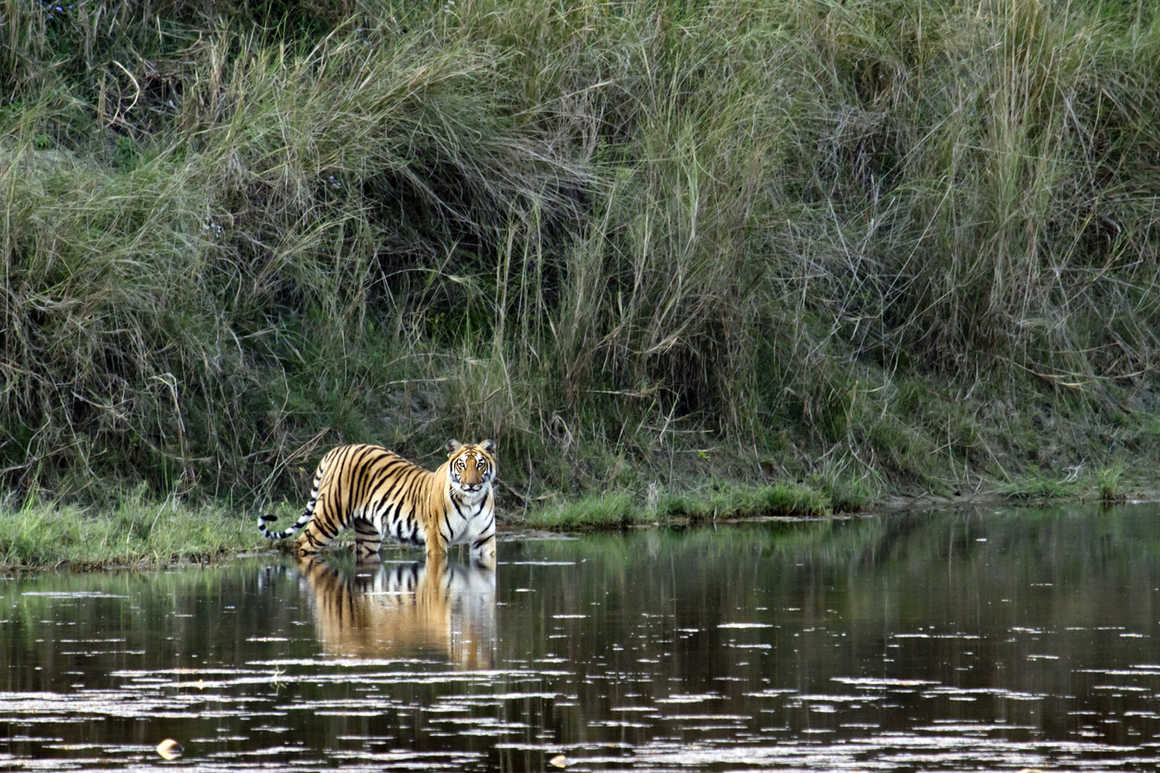
6. Shivapuri Nagarjun National Park – established in 2002 – great for animal lovers
Named after the Shivapuri Peak which stands 2,732m tall, Shivapuri Nagarjun National Park is located on the northern edge of the Kathmandu Valley and covers 61 square miles. Transitioning between subtropical and temperate climates, temperatures reach 17 degree C in the winter and 30 degrees C in the summer.
With annual precipitation in the range of 1,400mm, several hundred thousand cubic litres of water are supplied to the Kathmandu Valley daily. The landscape of the national park is typically hill forest and there is a plethora of animals which call this park home including Indian leopards, large Indian civets, Himalayan black bears, Rhesus monkeys and Chinese and Indian pangolins.
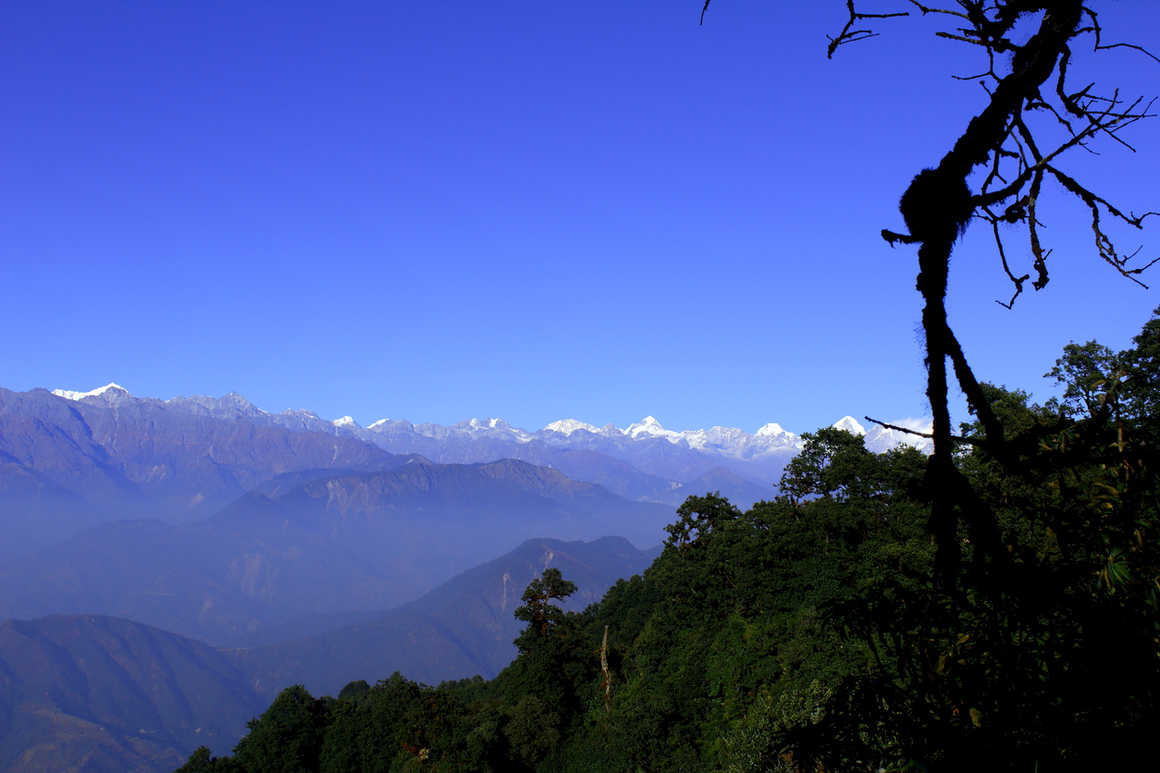
If the thought of visiting some of Nepal’s national parks has you hooked, why not add on the popular Chitwan National Park to your Nepal trip.










